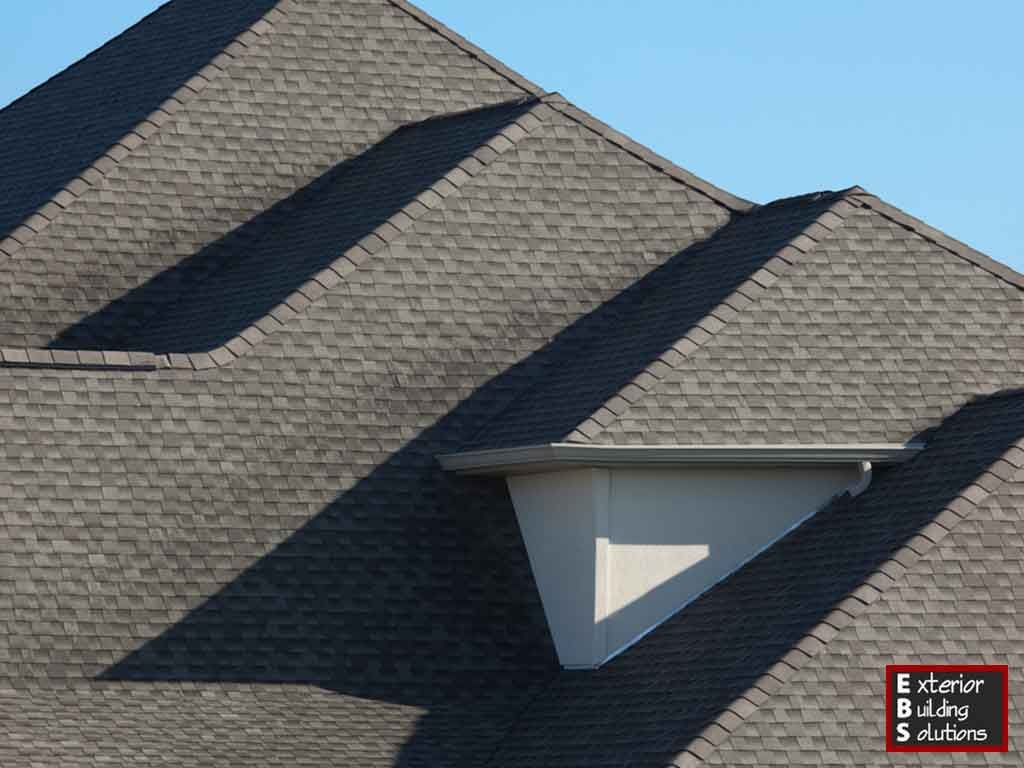If your home happens to be in an area that’s in the path of storms, you will want to take every measure to make sure that your home can withstand storm damage. Here are some of the things that you can do that can help bolster your roof against storm damage.

Reinforce the Roof Edges
The roof edges bear most of the impact from high winds, which comes from two directions: from the top or bottom, which are the winds that hit an exterior wall. This is why modern sloped roofs feature reinforced roof edges. The first row is typically a single roll of adhesive-enhanced material called a starter strip. Depending on the roofing type, you may be able to have starter strips installed on an existing roof.
Lacking that option, you can reinforce the roof edge by applying roofing cement under the shingles. Before you do so, check your roofing warranty, and/or consult your roofing contractor as it could void the roofing warranty. Apply three, one-inch dots of roofing cement – one at each side and another in the middle – a few inches from the edge. Follow manufacturer instructions carefully. An 11-ounce tube of roofing cement can cover up to 25 feet of shingles. If you’re not confident in doing this, call a residential roofing service contractor for assistance.
Install Hurricane Straps
Hurricane straps reinforce trusses and rafters, making the roof more resistant to blow-offs. The “straps” are actually metal plates that are fastened to the roofing structure joints. The lower parts of the roof will also be strapped to load-bearing walls. Hurricane straps are an optional roofing component so you will have to ask your roofing contractor if they offer it.
Seal Holes on the House Exterior
Small holes on the exterior walls can give high winds a firm grip on parts of your home. Look for holes in the wall that route broadband lines, exterior caulking and the supply lines for the HVAC system. Fill up these holes with silicone caulk, making sure it cures properly. The less holes your home’s exterior has, the less grip wind will have.
Exterior Building Solutions is your leading provider of residential and commercial roof installation services. Give us a call at (314) 470-8783, or fill out our contact form. We serve customers in St. Louis, MO, and surrounding areas.

0 Comments